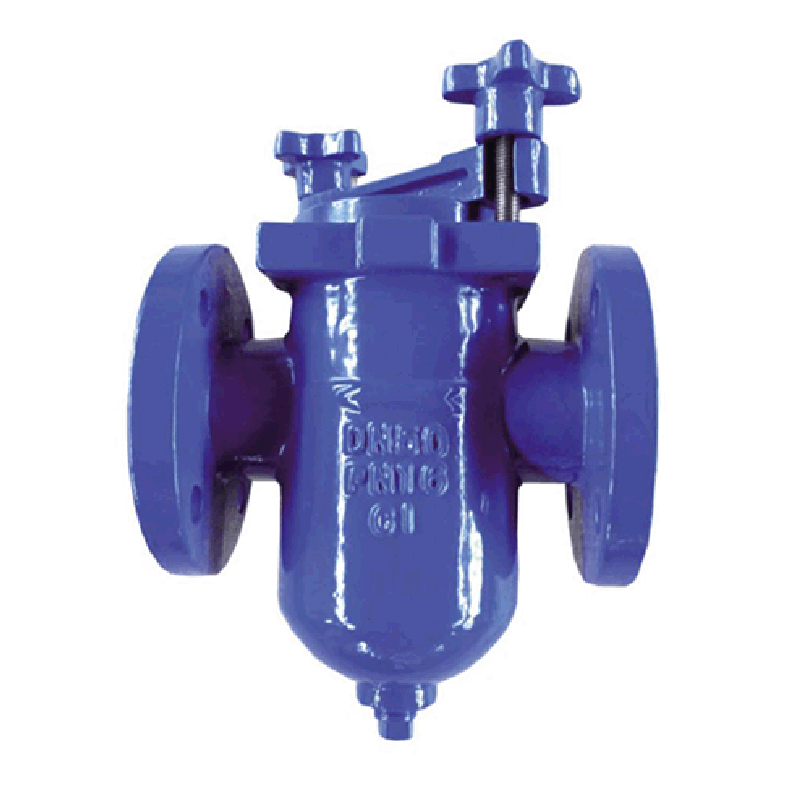Nov . 17, 2024 09:53 Back to list
Single Core Electrical Wire for Efficient Power Transmission and Distribution Solutions
Understanding Single Core Cable Wires Essential Insights
Single core cable wires play a pivotal role in various electrical and electronic applications. Characterized by a single conductor, these wires are designed to carry electrical current from one point to another, offering simplicity and efficiency in numerous environments. This article delves into the features, applications, and benefits of single core cable wires, providing a comprehensive overview for those interested in understanding their significance in modern technology.
What are Single Core Cable Wires?
Single core cable wires consist of one conductive element, typically made from copper or aluminum. This construction allows for a straightforward design, where current flows unimpeded through the single conductor. Insulation materials, such as PVC or rubber, encase these wires to protect against electrical hazards, environmental factors, and mechanical wear. The insulating materials also help to reduce energy loss due to heat and minimize the risk of short circuits.
Uses and Applications
Single core cable wires are widely used across different fields, including household wiring, industrial applications, and automotive systems. In residential settings, they are often employed for lighting circuits, power distribution, and various appliances. The straightforward nature of single core wires makes them ideal for installations where only a single electrical pathway is required.
In industrial contexts, these cables can be utilized in control systems, motor connections, and various machinery applications, arguing for their durability and reliability. Furthermore, single core wires are favored in automotive wiring due to their lightweight nature and compatibility with the compact designs of modern vehicles. They can efficiently handle the currents needed for engines, lighting systems, and essential electronic components.
Advantages of Single Core Cables
1. Simplicity The primary benefit of single core cable wires is their straightforward design. This simplicity makes them easy to install and maintain, reducing the complexity often associated with multi-core cables.
single core cable wire

2. Cost-Effectiveness Generally, single core wires are more economical compared to their multi-core counterparts. This cost efficiency can be advantageous, especially in large-scale projects that require the employment of numerous wires.
3. Reduced Heat Generation With a single conducting pathway, there is often less resistance, which can result in reduced heat generation during operation. This characteristic is crucial for applications requiring prolonged usage without overheating.
4. Flexibility Single core cables can be easily manipulated and configured to fit various installations, making them versatile for different applications.
5. Space-Saving In scenarios where space is limited, such as in compact electrical installations, single core wires offer a significant advantage due to their slender profile compared to multi-core cables.
Limitations
Despite the advantages, single core cable wires have some limitations. They may not be suitable for high-frequency transmission applications due to potential signal loss. Moreover, for applications requiring complex electrical pathways, multi-core cables might offer better functionality and safety. Proper selection based on specific application needs is essential to ensure optimal performance.
Conclusion
In summary, single core cable wires are invaluable components in countless electrical and electronic setups. Their simplicity, cost-effectiveness, and versatility make them an ideal choice for numerous applications ranging from residential wiring to industrial systems. While they may have certain limitations, the advantages often outweigh the drawbacks, establishing single core cables as a reliable option for transferring electrical current efficiently. As technology evolves, understanding the role of single core cables remains essential for anyone involved in electrical engineering, construction, or related fields. By making informed choices regarding cable types, professionals can ensure safety, efficiency, and longevity in their electrical systems.
Share
-
Reliable Wafer Type Butterfly Valves for Every IndustryNewsJul.25,2025
-
Reliable Flow Control Begins with the Right Ball Check ValveNewsJul.25,2025
-
Precision Flow Control Starts with Quality ValvesNewsJul.25,2025
-
Industrial Flow Control ReliabilityNewsJul.25,2025
-
Engineered for Efficiency Gate Valves That Power Industrial PerformanceNewsJul.25,2025
-
Empowering Infrastructure Through Quality ManufacturingNewsJul.25,2025